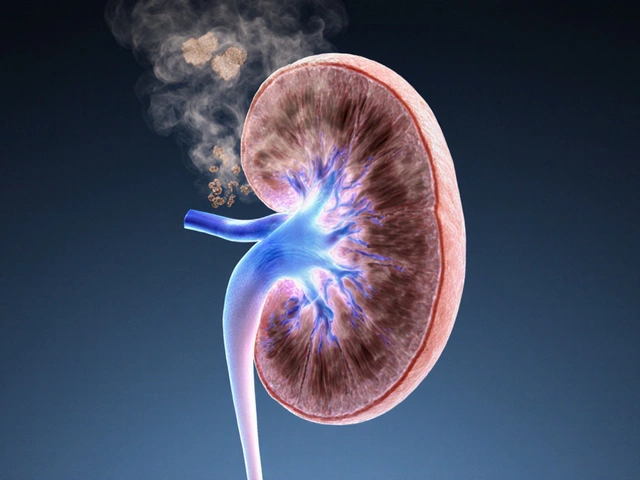Lithium Extraction: How It’s Done & Why It Matters
Ever wonder where the lithium in your phone or electric car comes from? That tiny metal powers the batteries we rely on every day, and getting it out of the ground is a surprisingly hands‑on process. In this guide you’ll see the main ways we pull lithium from the earth, what each method looks like on the ground, and why the choices matter for your wallet and the planet.
Main Ways to Extract Lithium
The two big sources are hard‑rock mining and brine evaporation. Hard‑rock mining works a lot like any other ore extraction – miners dig up spodumene, a bright‑colored mineral that holds lithium in solid form. The rock is crushed, heated, and then treated with acid to pull the lithium out. This method can produce a lot of material quickly, but it also creates a lot of waste rock and uses a lot of energy.
Brine extraction, on the other hand, starts with salty water that sits under the ground in places like the Salar de Atacama in Chile or the Great Salt Lake in Utah. Companies pump the brine into shallow ponds and let the sun evaporate the water over months or even years. As the water disappears, lithium salts become more concentrated and can be harvested with relatively simple chemical steps. This method uses the sun’s power, so the energy cost is low, but it needs huge flat areas and a lot of water‑free seasons.
In recent years, a third option called Direct Lithium Extraction (DLE) is gaining attention. DLE uses filters, ion‑exchange resins, or membranes to pull lithium straight out of brine without long‑term evaporation. The process can be set up near the source, works faster, and can reuse the brine, cutting water use. However, the technology is still pricey and not yet proven at massive scale.
Environmental and Economic Considerations
Each extraction method brings its own set of trade‑offs. Hard‑rock mining can scar landscapes, generate dust, and require big diesel‑driven equipment. The chemicals used to leach lithium can also affect nearby water supplies if not managed well. Brine evaporation is gentler on the land but can dry up water tables, hurting local agriculture and wildlife that depend on the same water.
Costs matter too. Mining a tonne of spodumene often costs more up front than evaporating a pond, but the higher grade of the ore can make the final lithium product cheaper per kilogram. Brine projects have lower upfront costs but take years to produce usable lithium, which can delay cash flow.
Regulators and consumers are pushing for greener practices. Companies are testing solar‑powered pumps, recycling water, and restoring habitats after mining stops. Some firms even blend methods – using DLE to boost recovery from brines while still employing traditional ponds for the bulk of the work.
Bottom line: lithium extraction isn’t a one‑size‑fits‑all process. The best choice depends on where the resource sits, the local climate, the money a company can invest, and how much environmental impact they’re willing to accept. Understanding these basics helps you see why lithium prices swing, why some regions become battery hubs, and what future tech might change the game.

Lithium Explained: Properties, Uses, and Safety Guide (2025)
A clear, up‑to‑date guide on what lithium is, its key physical properties, major applications from batteries to medicine, and how to handle it safely.




